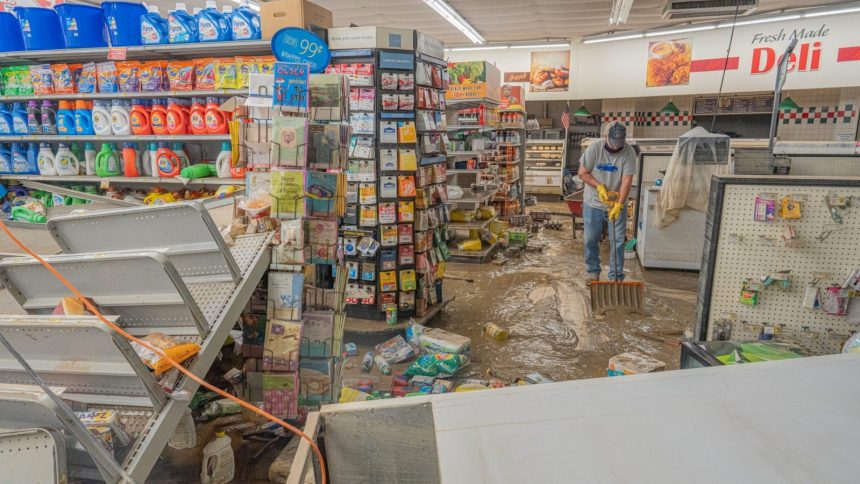This story, originally published by the Daily Yonder, in collaboration with Climate Central, discusses the impact of flooding on rural America. Wesley Bryant and his family found themselves homeless after a devastating flood struck rural Pike County, Kentucky, two years ago in July. Despite the catastrophic effects of the flood, federal spending to aid affected communities has been disproportionately directed towards wealthier and more urbanized areas.
Wesley, his wife Alexis, and their daughters were forced to evacuate their home, which was left unlivable due to the flood damage. They sought refuge at Alexis’ mother’s house, where they have been living ever since. FEMA denied them disaster assistance, leaving the family to cover the costs of repairs and replacements themselves.
Kentucky has a long history of flooding, with climate change exacerbating flood risks. The Bryant family, like many others in rural areas, have been overlooked by FEMA’s National Risk Index, which classifies counties like Pike as facing low risks due to their lower financial value compared to urban areas. This has led to a lack of funding for crucial infrastructure projects to mitigate future flood threats in rural communities.
The consequences of neglecting rural Americans were evident in Letcher County, where Mayor Todd DePriest experienced firsthand the devastating effects of flooding on his town of Jenkins. Despite FEMA declaring the region a federal disaster area, the recovery process has been slow and arduous.
The National Risk Index, used by FEMA to determine risks and allocate resources, often overlooks the unique vulnerabilities of rural communities. Rural counties like Letcher are assigned lower risk levels due to their lower property values, despite facing significant flood hazards. This disparity in funding allocation highlights the need for a more comprehensive and equitable approach to disaster mitigation in rural America.





